Physical Sciences
Explore Physical Sciences
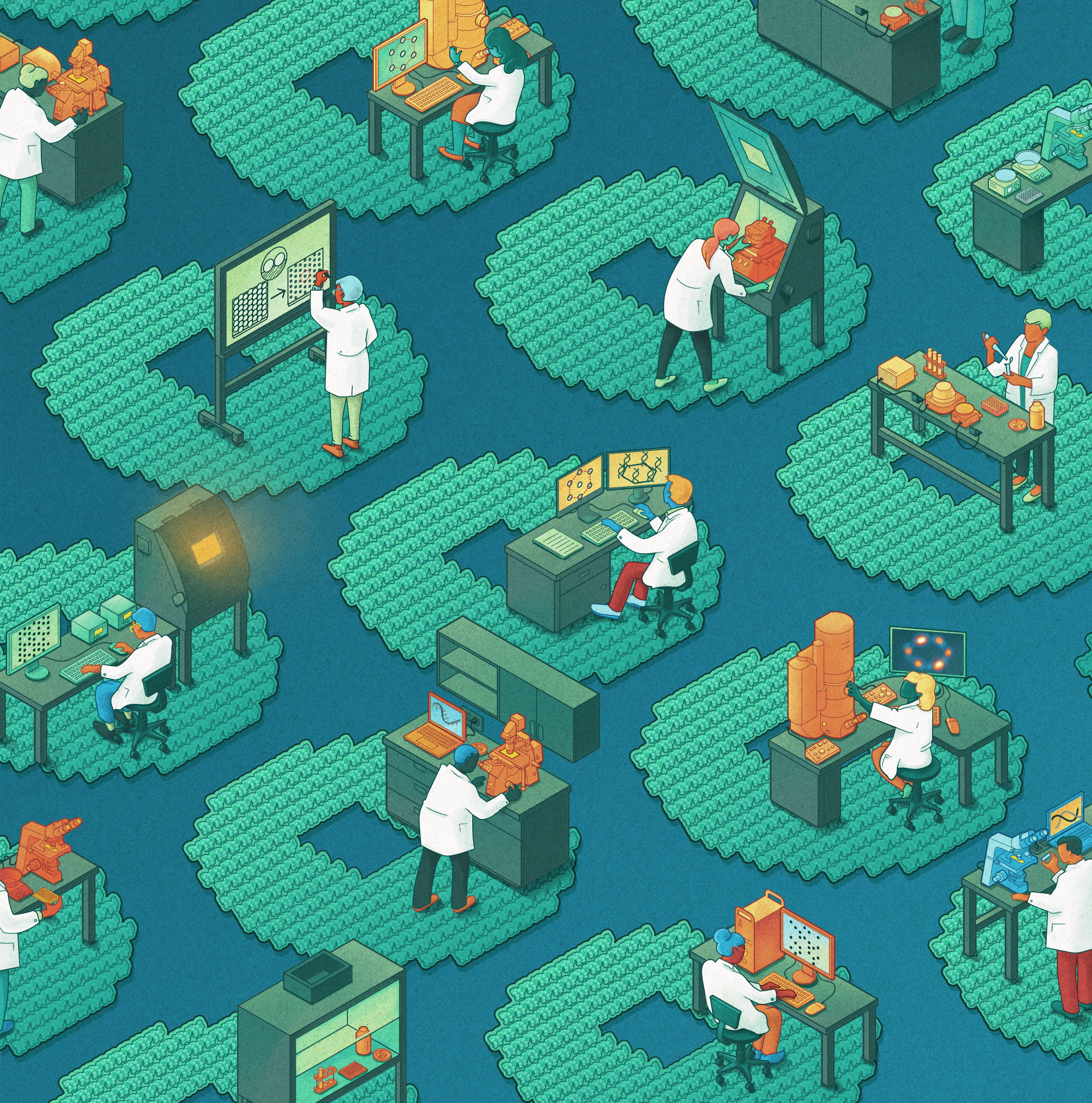
Dr Rishabh Shetty | A Novel Method for Standardizing Single Molecule Studies
Studying single molecules provides researchers with unique insights into biological mechanisms and processes and allows them to visualise microscopic structural and functional differences. However, results can be unpredictable, and investigations are labour-intensive and expensive, often requiring extensive training and highly specialised laboratory equipment. Dr Rishabh Shetty and colleagues at Arizona State University, the California Institute of Technology, and the Massachusetts Institute of Technology, USA, have recently developed a simplified single-molecule assessment technique to overcome these limitations with a view to increasing accessibility and precision in molecular-level research.
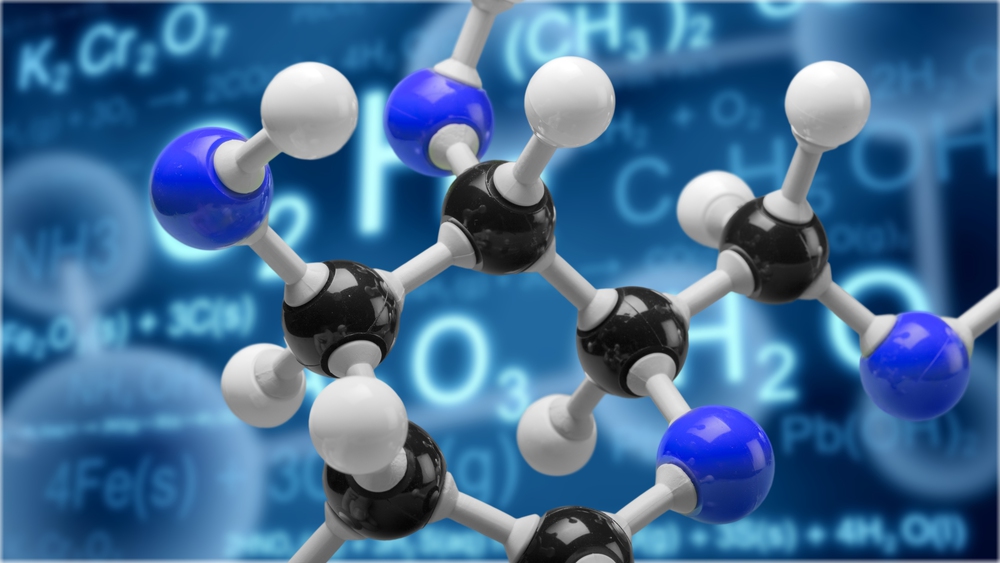
Henry DeGroot – Dr Timothy Hanusa | Grinding Towards Greener Chemistry: Synthesis Without Solvents
In the world of chemistry, solvate-assisted grinding is a new method that could revolutionize how we make important chemical compounds. Researchers Henry DeGroot and Dr. Timothy Hanusa at Vanderbilt University have developed this technique, which uses mechanical energy instead of traditional liquids. This not only makes the process more efficient, but also reduces pollution. It could lead to better medicines, advanced materials, and cleaner chemical production methods.

Thomas Kleinig | Preventing Satellite Collisions with Ionospheric Drag
Satellites are vital to modern civilization, powering the GPS in our phones, enabling long-range communication, and giving us insights into Earth’s climate and the universe beyond. We now launch thousands of new satellites into space each year, dramatically increasing the risk of collisions. Such satellite collisions create debris that can damage more satellites. Thomas Kleinig and his colleagues are developing and testing a new approach to avoid collisions by exploiting a unique property of the thin atmosphere that satellites travel through.

Dr George Rupp | Modelling Mesons: Uncovering Subatomic Particle Interactions
To understand how the smallest known particles in our universe form structures, scientists need to use sophisticated mathematical models and techniques. These help scientists to estimate the energies of these particles, to work out how they combine and interact. In a recent paper, Dr Eef Van Beveren from the Centre for Physics of the University of Coimbra and Dr George Rupp from the Centre of Physics and Engineering of Advanced Materials of the University of Lisbon review the techniques that have led to scientific discoveries about mesons – subatomic particles that exist for tiny fractions of a second. They also discuss how such techniques may evolve into the future.
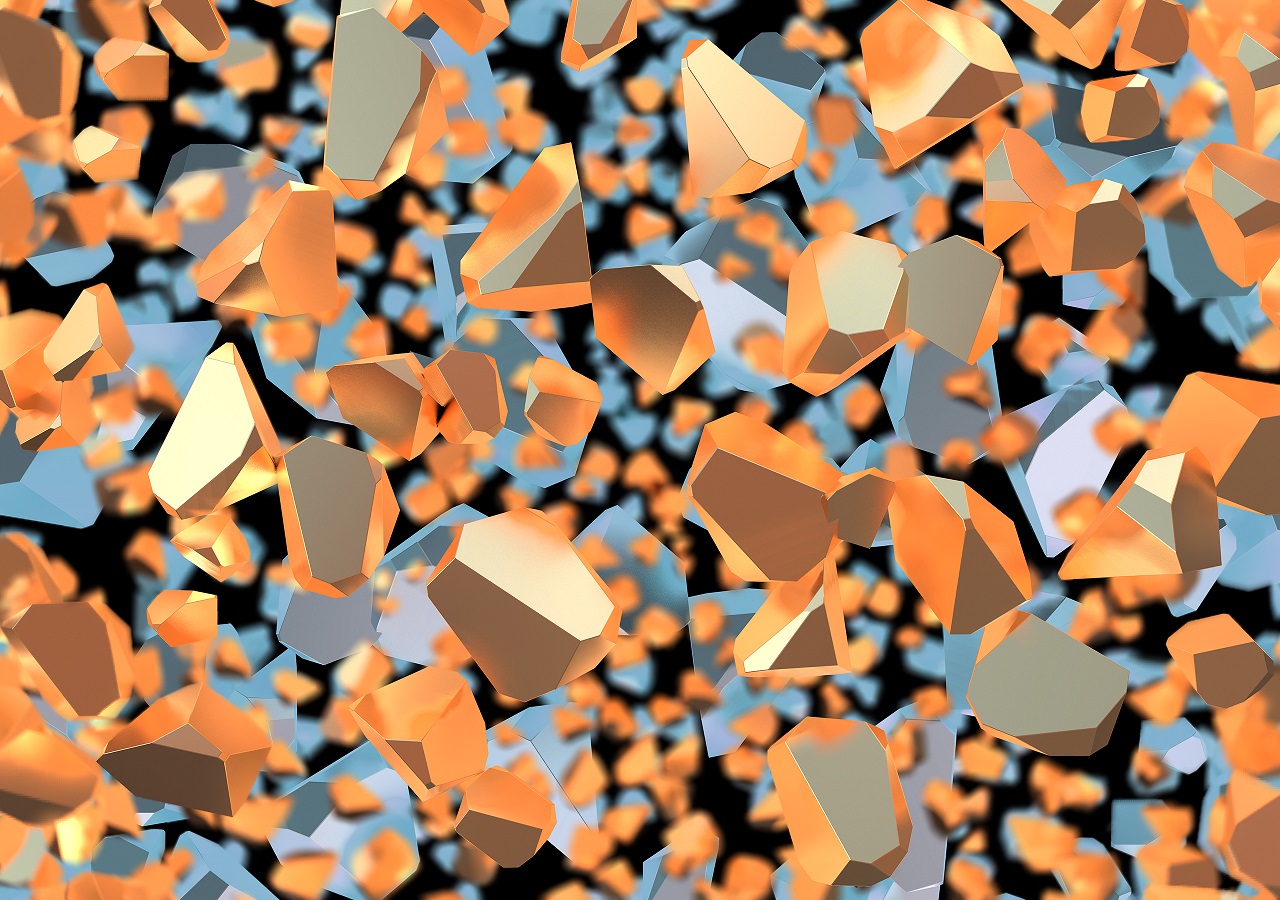
Professor Gabi Schierning | Exploring Quantum Properties in Bismuth Telluride Nanoparticles
Particles of the material bismuth telluride have unique properties: the interior of the particle acts as an insulator, but its surface can conduct electricity. In their recent research, Professor Gabi Schierning at Bielefeld University, Germany, and her collaborators at the University of Duisburg-Essen and IFW Dresden, offer fascinating insights into the properties of bismuth telluride particles. The team’s work may pave the way for their use in technological applications.
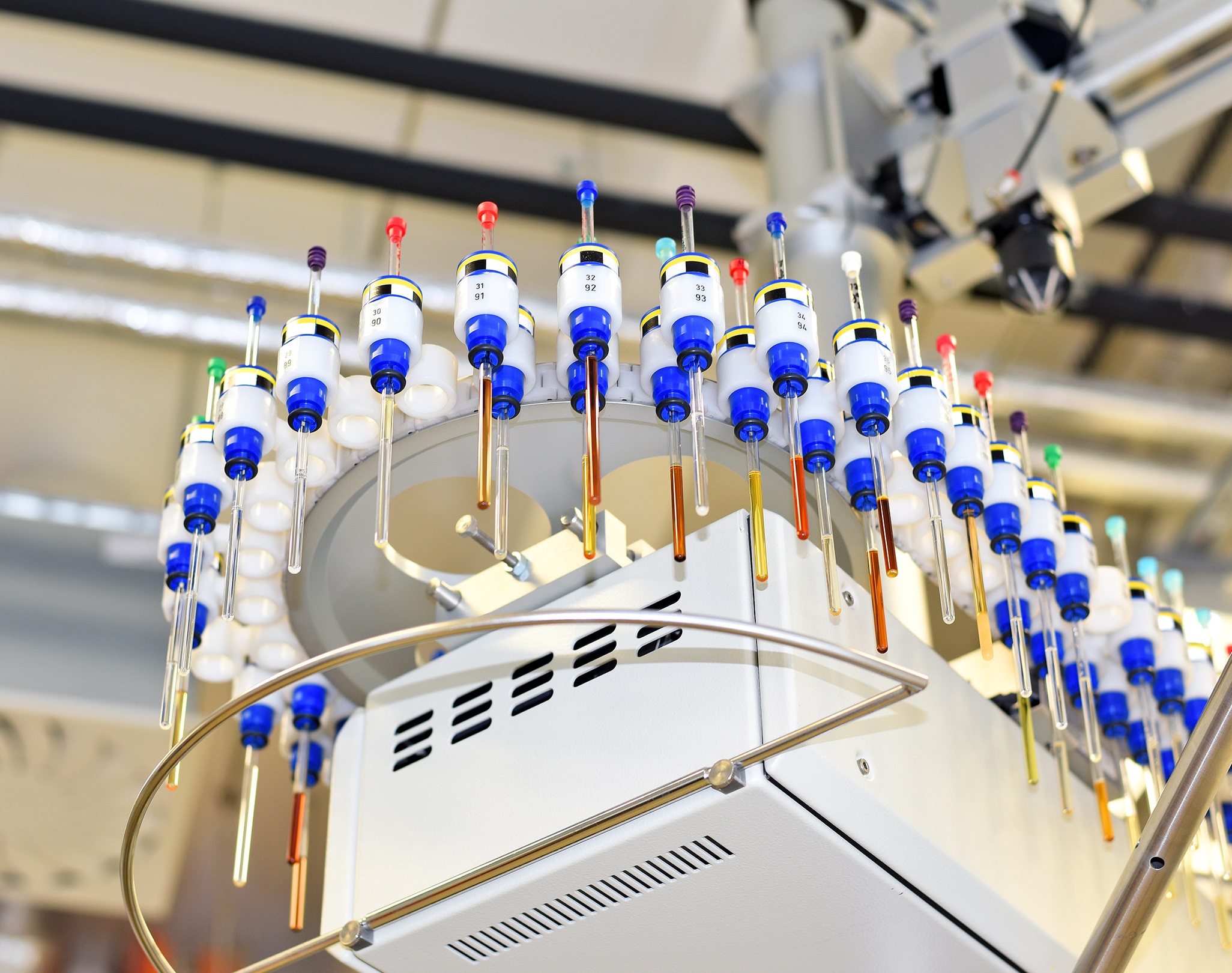
Dr Philip Norcott | Imaging the Small: Improving Nuclear Magnetic Resonance with SABRE-DREAM
In a recent paper, Dr Philip Norcott at the Australian National University proposes a new strategy to improve nuclear magnetic resonance spectroscopy and imaging, a technique widely used in biology, chemistry, and medical imaging. A difficultly in these applications of nuclear magnetic resonance is low sensitivity and the potential for multiple signals to overlap, and existing techniques may only improve one of these factors without addressing the other. Dr Norcott suggests and tests a novel technique that offers the best of both worlds.
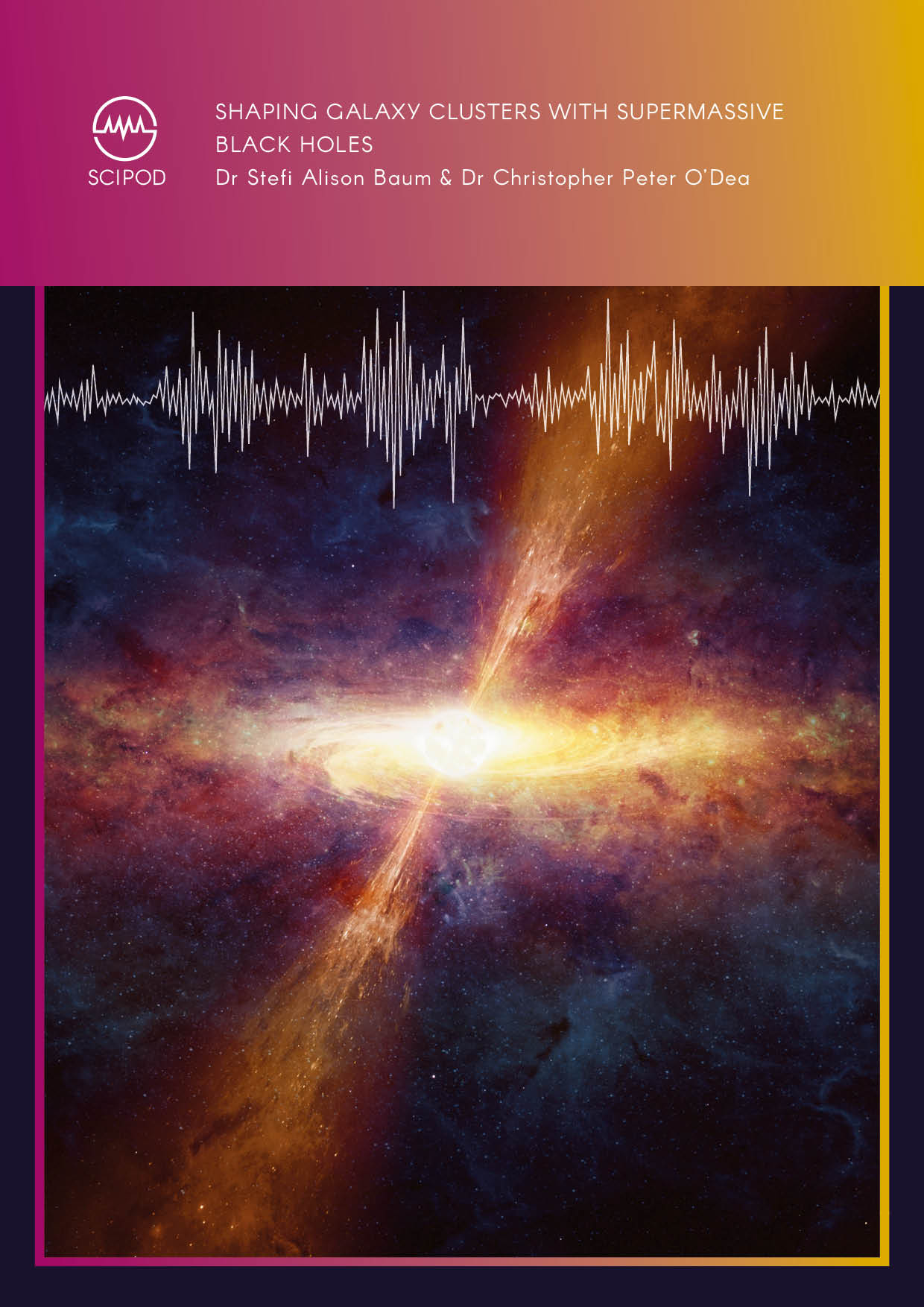
Dr Stefi Baum – Dr Christopher O’Dea | Shaping Galaxy Clusters with Supermassive Black Holes
The black holes found at the centres of most large galaxies are now found to be fundamental to galactic formation and evolution. Until recently, however, little was understood about how these massive bodies affect the behaviours of their host galaxies and beyond. Through their research, Dr Stefi Baum and Dr Christopher O’Dea at the University of Manitoba have made important strides towards untangling the many mysteries involved in this intriguing astronomical problem.
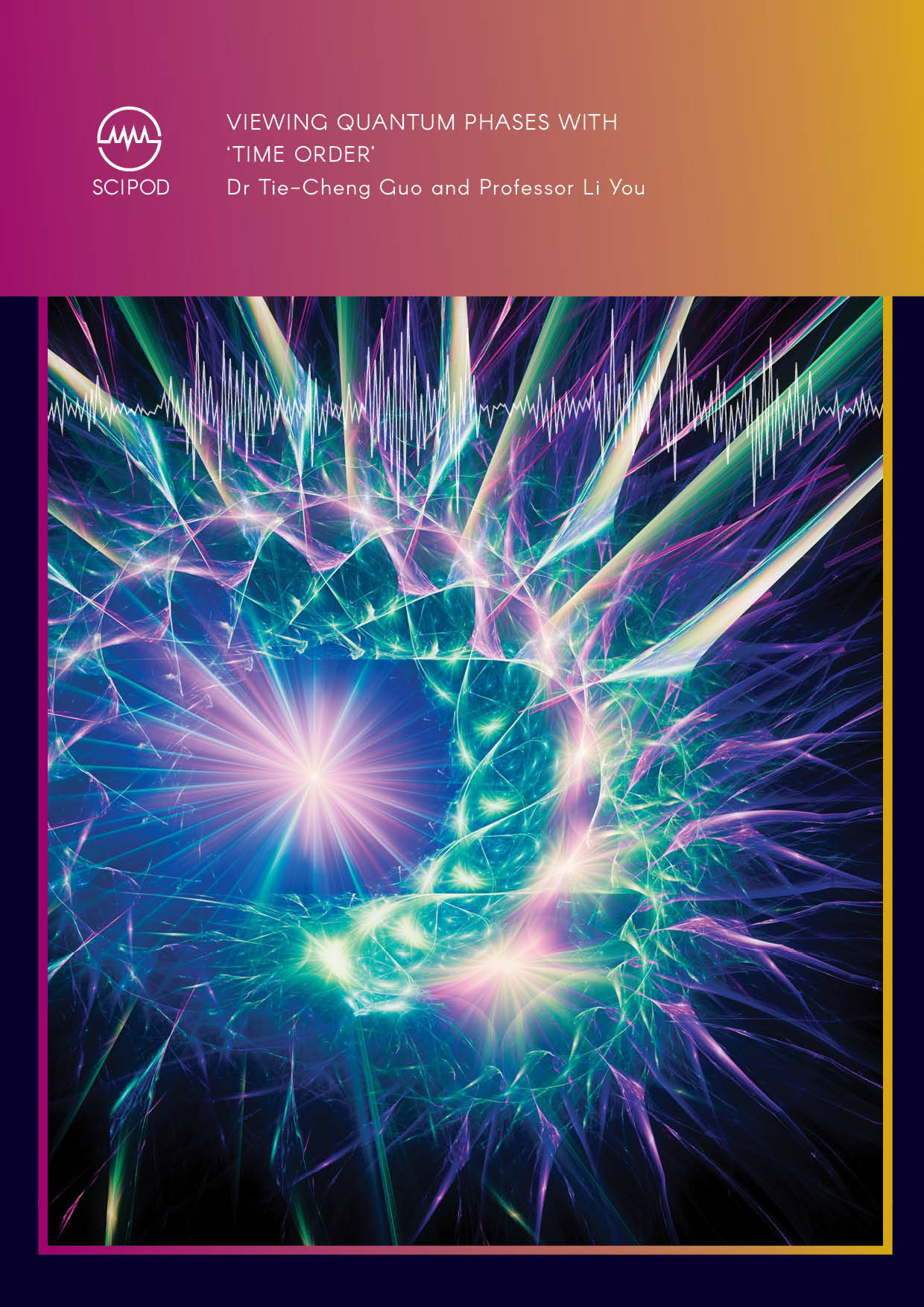
Dr Tie-Cheng Guo – Professor Li You | Viewing Quantum Phases with ‘Time Order’
Discovering new phases of matter and classifying such phases are among the most important goals in physics. In a new study, Dr Tie-Cheng Guo and Professor Li You at Tsinghua University in Beijing present a new methodology to discover new quantum phases of matter, using the concept of ‘time order’. Through identifying and defining quantum phases from this perspective, time order could become a new paradigm in physics, helping researchers to gain more insight into quantum many-body systems.
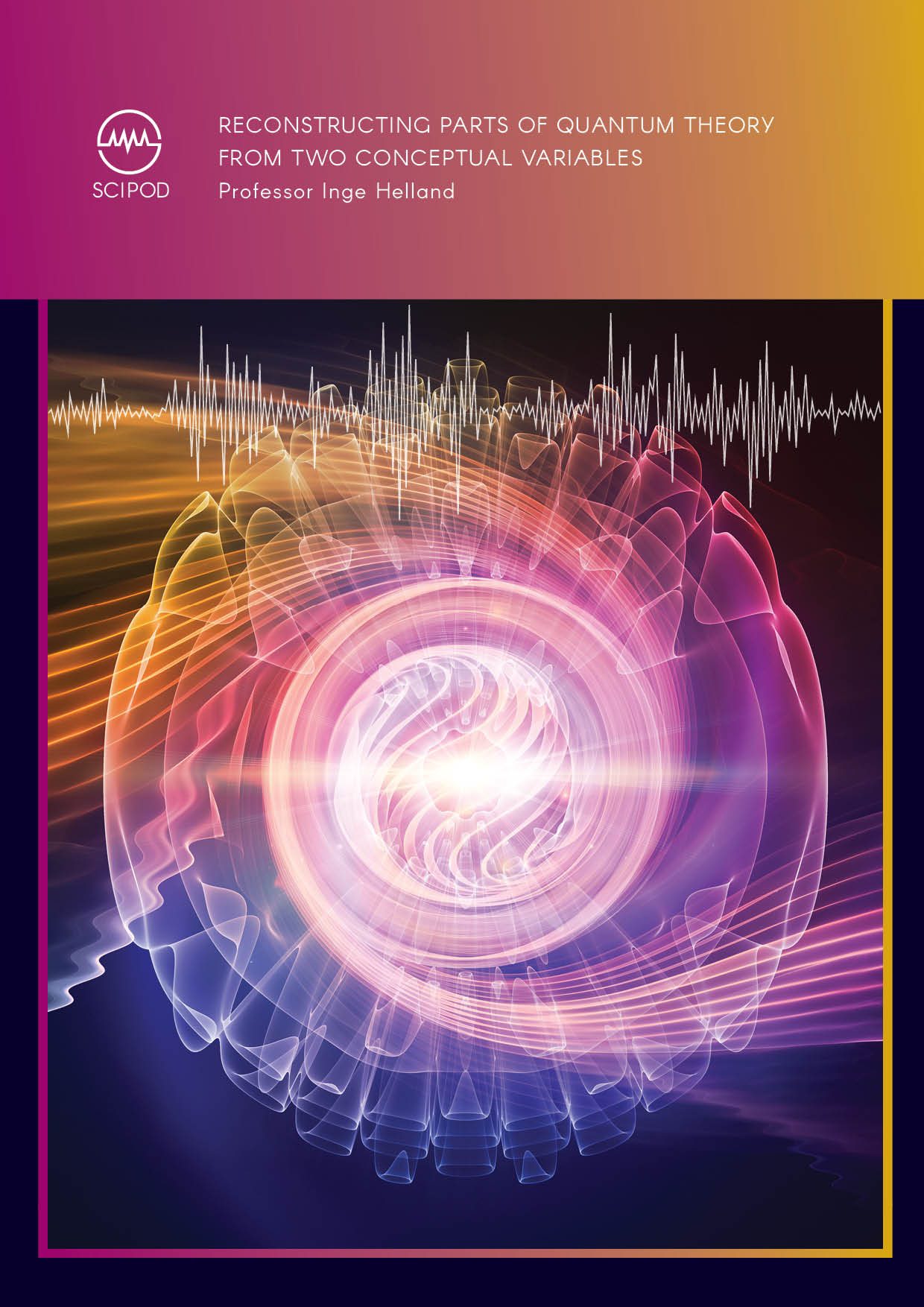
Professor Inge Helland | Reconstructing Parts of Quantum Theory from Two Conceptual Variables
The Hilbert space formulation is a central idea in quantum theory, but the ideas used by physicists to interpret the formulation widely differ. Furthermore, concepts in quantum mechanics are very abstract to those outside the field. Professor Inge Helland from the University of Oslo approaches these problems through what he calls ‘conceptual variables’, which belong to the minds of one or more conscious observers. From this basis, he achieves a new derivation of the Hilbert space formulation, which he hopes will lead to more satisfying studies of the foundations of quantum theory.
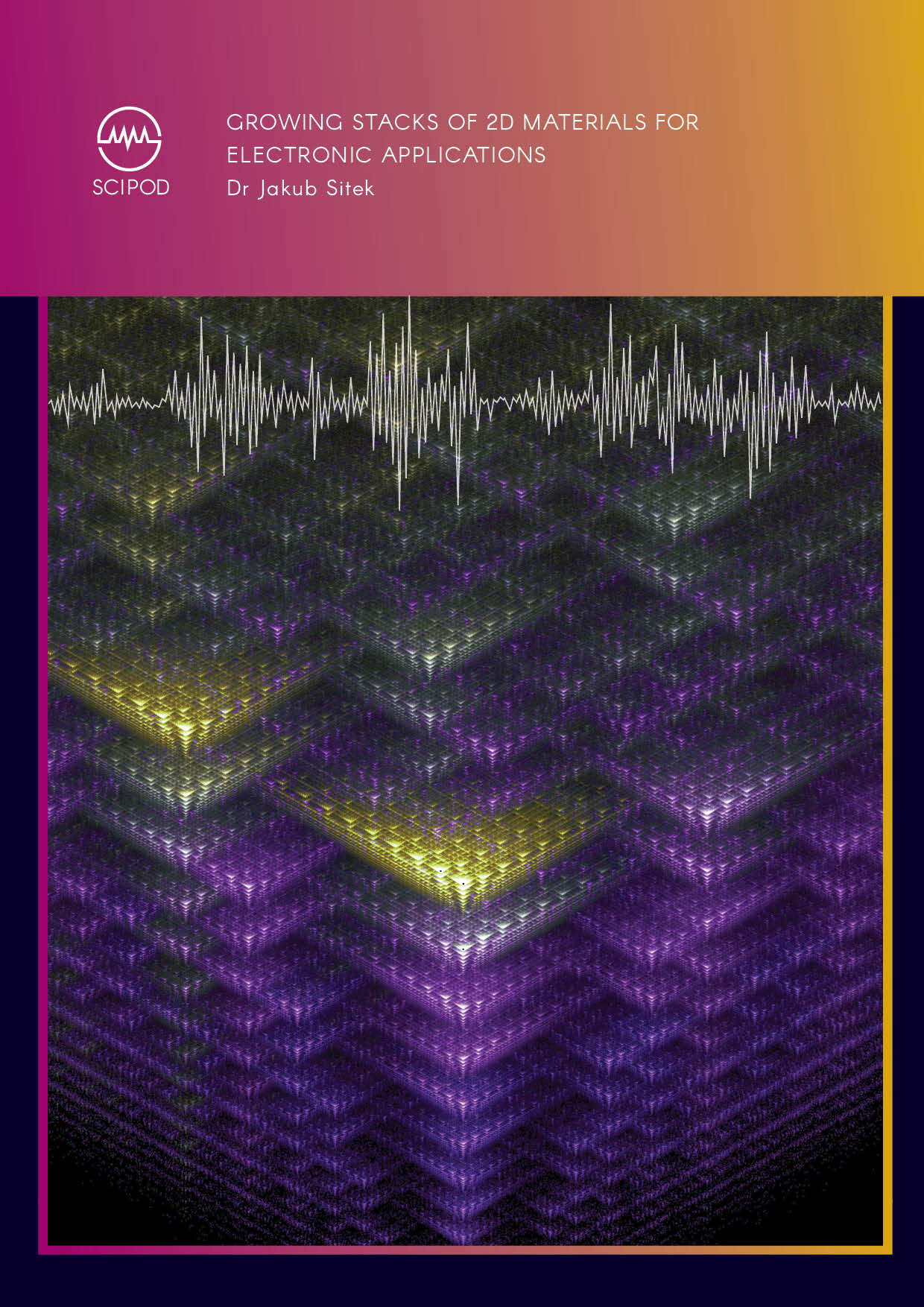
Dr Jakub Sitek | Growing Stacks of 2D Materials for Electronic Applications
By stacking layers of atom-thick materials on top of each other, researchers are opening up a whole host of exciting new possibilities for technology and scientific research. Particularly interesting properties in these 2D materials could be achieved by stacking three or more of these layers – but so far, the large-scale production of these structures has proven difficult. Using carefully applied techniques, Dr Jakub Sitek and his team at Warsaw University of Technology have made important steps towards overcoming this challenge.
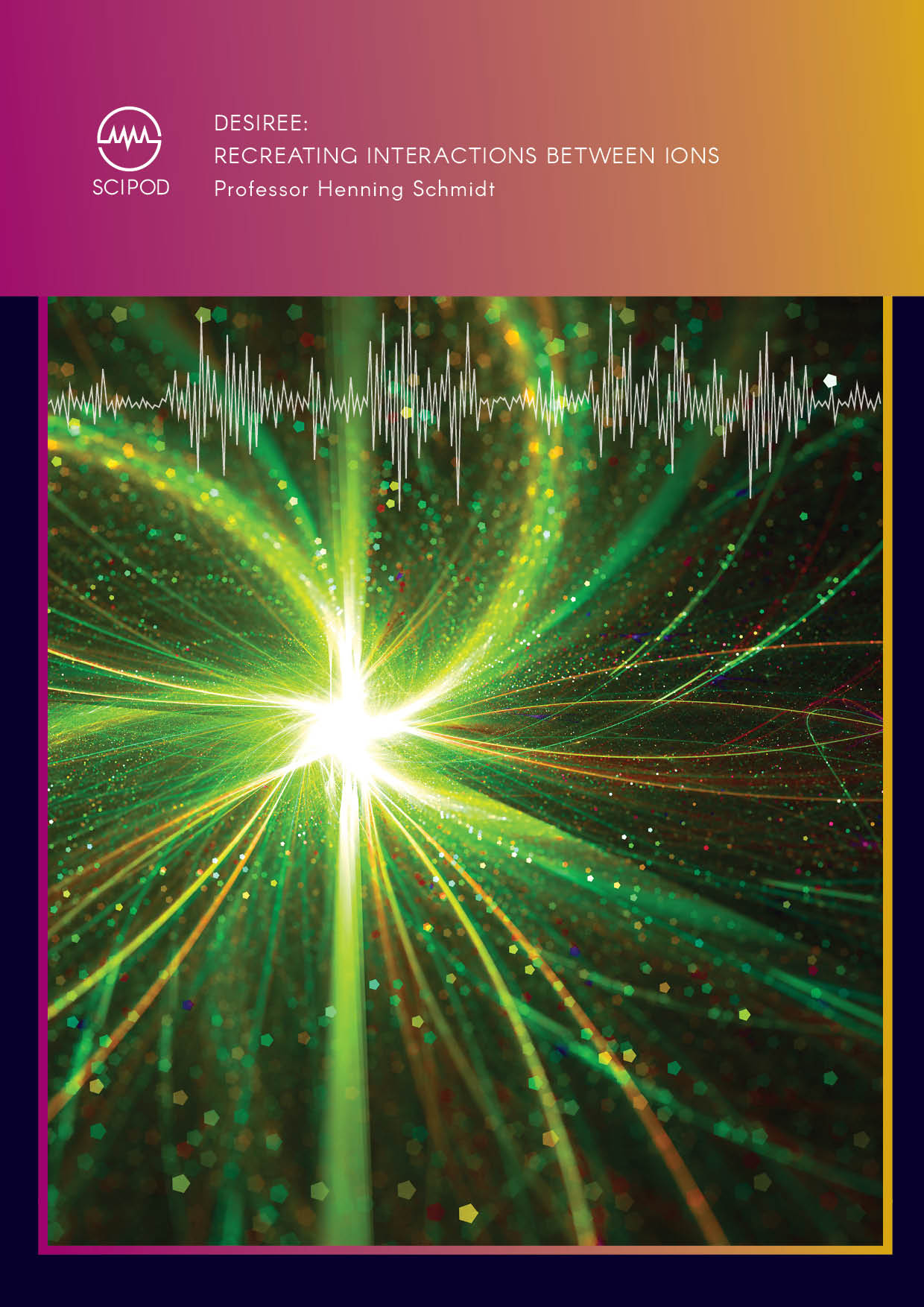
Professor Henning Schmidt | DESIREE: Recreating Interactions Between Ions
Interactions between positive and negative ions are important processes in nature. However, there is a lack of experimental facilities designed to study them in detail. This picture could now be changing thanks to DESIREE: a facility where different ion beams can be stored and cooled for extensive periods within separate rings, before colliding with each other. Run by an extensive team of physicists at Stockholm University, the instrument is shedding new light on how ions interact in a wide range of environments – from dynamic stellar atmospheres, to interstellar space.
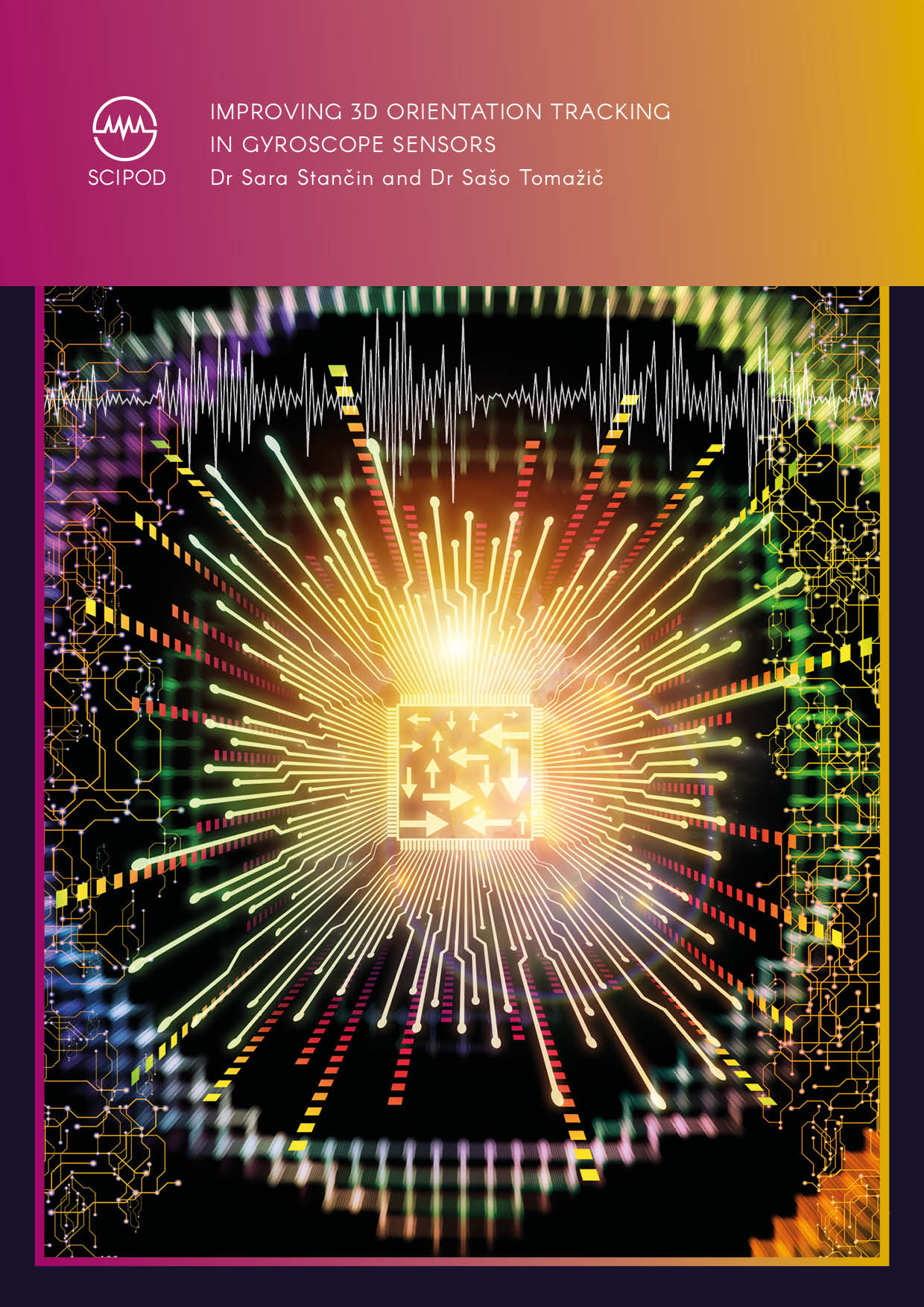
Dr Sara Stančin | Dr Sašo Tomažič – Improving 3D Orientation Tracking in Gyroscope Sensors
Gyroscopes are widely used to measure the orientations and rotation speeds of moving objects – but according to one pair of researchers, the techniques we currently use to measure them are introducing significant and easily avoidable errors. Through their research, Dr Sara Stančin | Dr Sašo Tomažič, both at the University of Ljubljana in Slovenia, introduce a mathematical framework which accounts for how all three rotations measured by a gyroscope happen simultaneously, rather than in a sequence.
Increase The Impact Of Your Research!
Explore partnership opportunities
Unwind without the hassle. Enjoy fresh audiobooks, delivered free!
